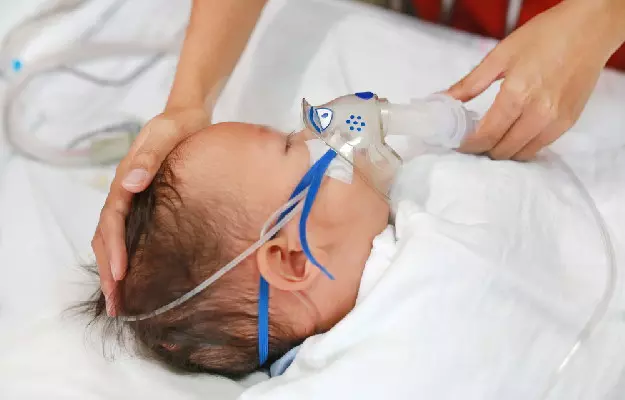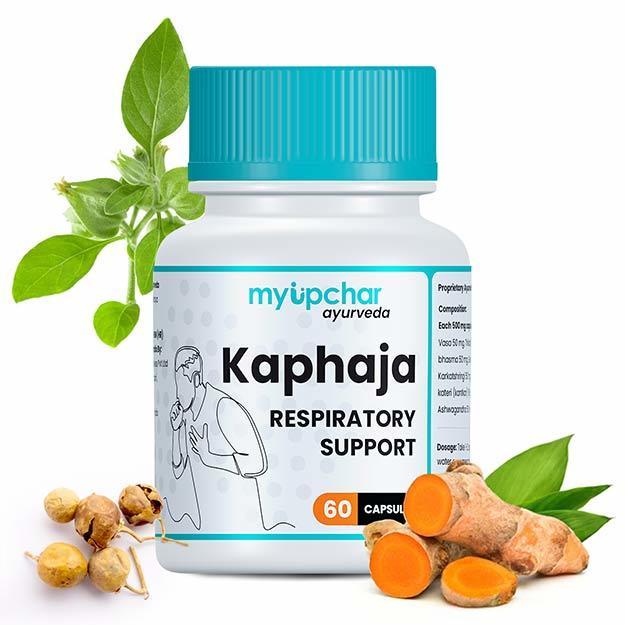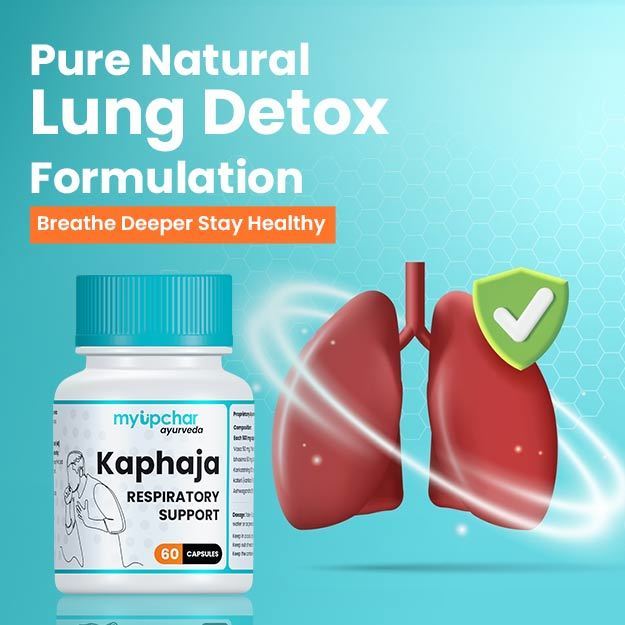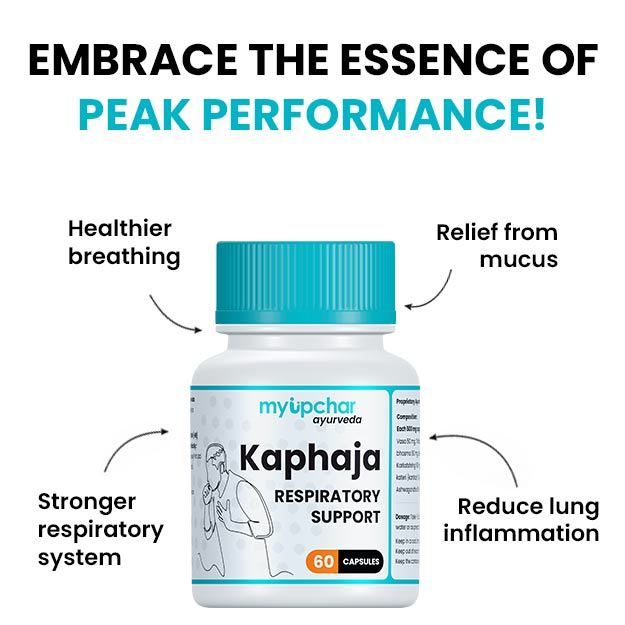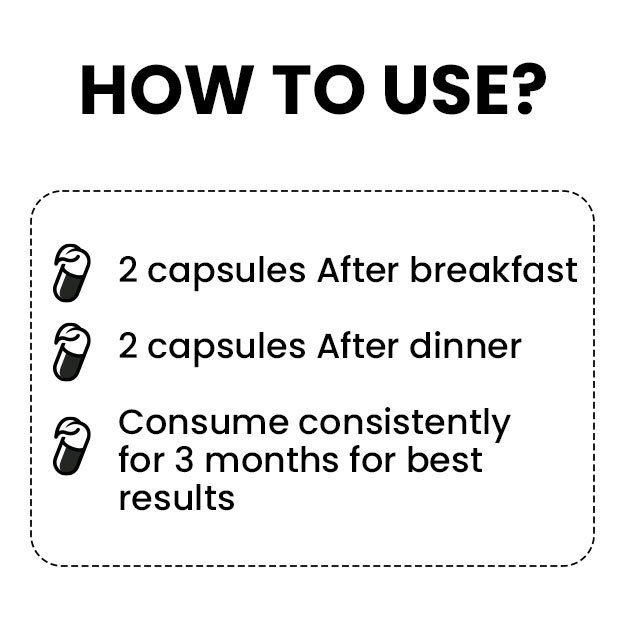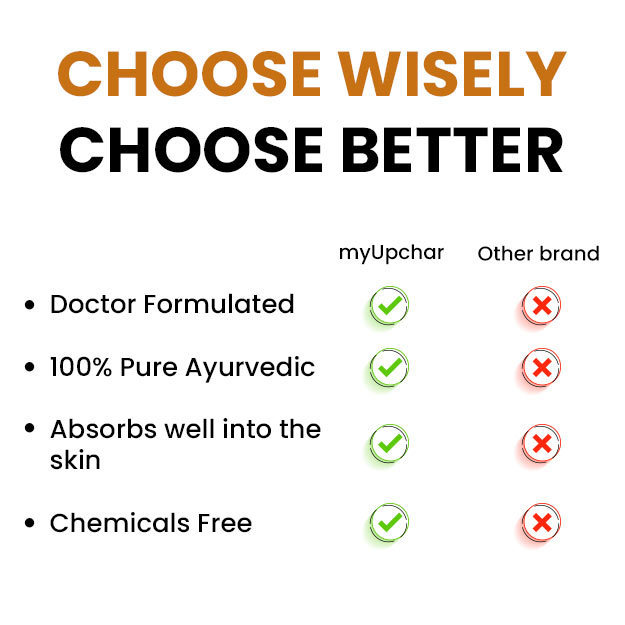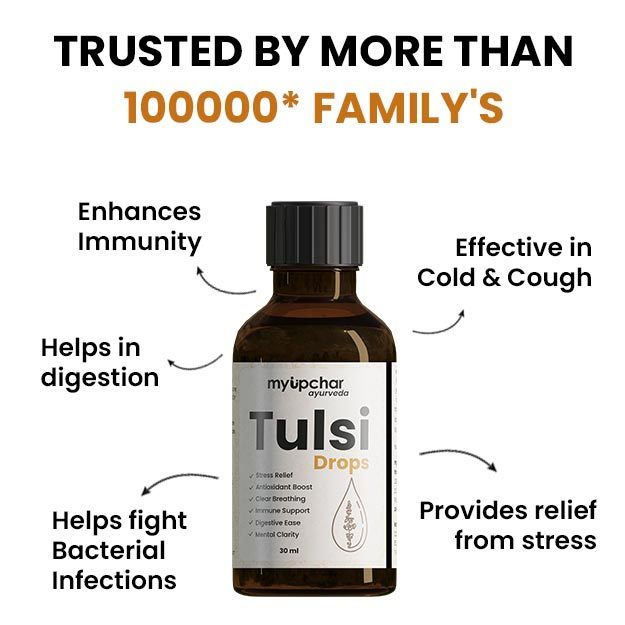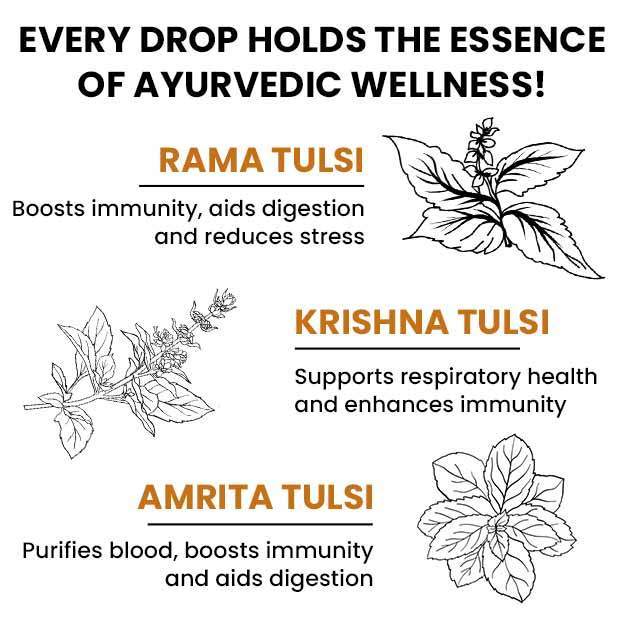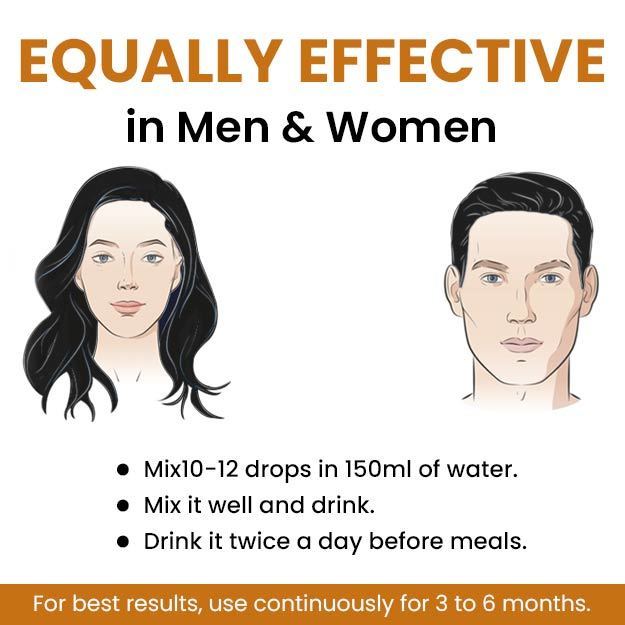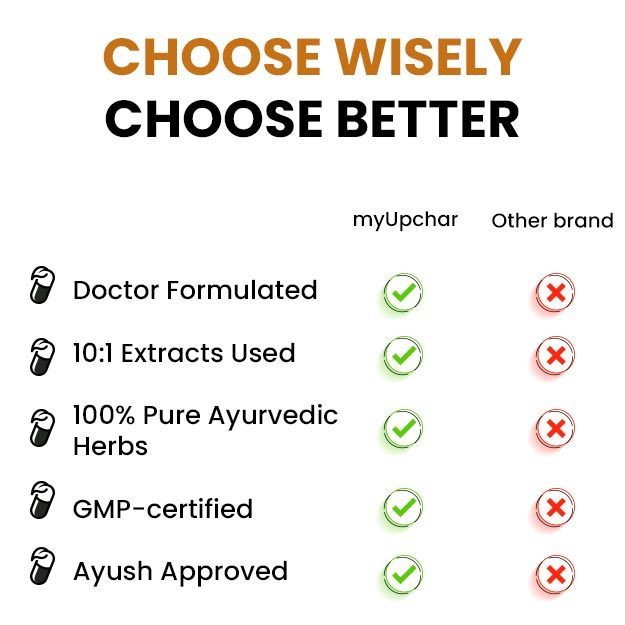Full term pregnancy lasts for 40 weeks. This gives the fetus time to grow. At 40 weeks, the baby's organs are usually fully developed. But before this, if the baby is born too early, his lungs are not fully developed and they are not able to function properly. Healthy lungs are important for overall health. Neonatal respiratory distress syndrome or newborn babies may have trouble breathing if the lungs are not fully developed. It usually occurs in premature babies. Newborn babies with RDS have difficulty breathing normally.
Read more - (Newborn Baby, Infant and Child Health Care Tips)
- Causes of Neonatal Respiratory Distress Syndrome
- Who Is At Risk For Neonatal Respiratory Distress Syndrome?
- Symptoms of Neonatal Respiratory Distress Syndrome
- Diagnosis Of Neonatal Respiratory Distress Syndrome
- Treatment for Neonatal Respiratory Distress Syndrome
- Complications Associated With Neonatal Respiratory Distress Syndrome
- Summary
Causes of Neonatal Respiratory Distress Syndrome
Surfactant is a substance that enables the lungs to expand and contract. It also keeps the tiny air sacs in the lungs, known as alveoli, open. Surfactants are not produced properly in premature babies. Due to this, babies may have lung problems and difficulty in breathing.
Who Is At Risk For Neonatal Respiratory Distress Syndrome?
The baby's lung function develops in the mother's uterus. The earlier the baby is born, the greater the risk of RDS. Babies born before 28 weeks gestation are especially at risk. Risk factors include:
- Multiple Pregnancies (Twins Or Triplets)
- Poor Blood Flow To The Baby During Delivery
- Delivery By Cesarean
- Mother Has Diabetes
Read More - (Respiratory failure)
Symptoms of Neonatal Respiratory Distress Syndrome
Symptoms of RDS usually start appearing in babies soon after birth. However, sometimes symptoms develop within 24 hours of birth. The following symptoms are worth noting -
- Bluish Skin
- Nasal Twitching
- Rapid Or Shallow Breathing
- Decreased Urine Output
- Grunting While Breathing
Read More - (Respiratory Depression)
Diagnosis Of Neonatal Respiratory Distress Syndrome
If a doctor suspects RDS in an infant, they will order laboratory tests to rule out infections that could be causing breathing problems. They may also order a chest X-ray to check the lungs. Blood gas analysis can be used to check the oxygen levels in the blood.
Treatment for Neonatal Respiratory Distress Syndrome
When an infant is born with RDS the symptoms are immediately apparent and the infant is usually admitted to the neonatal intensive care unit (NICU). There are three main treatments for RDS:
Surfactant Replacement Therapy – Surfactant replacement therapy gives an infant the surfactant they are lacking. The therapy provides treatment through a breathing tube. This ensures that the surfactant gets into the lungs. After receiving the surfactant, the doctor places the baby on a ventilator, which provides additional support to the baby's breathing. Depending on the severity of the condition, they may need this procedure multiple times.
Ventilator – The baby may also receive treatment with a ventilator alone to help with breathing. In a ventilator, a tube is inserted into the windpipe. After this the ventilator gives breath to the baby.
Oxygen Therapy – Oxygen therapy delivers oxygen to the baby's organs through the lungs. Without enough oxygen, organs do not function properly. Oxygen is delivered to the baby through a ventilator or NCPAP.
Read more - (Upper respiratory tract infections)
How Can Neonatal Respiratory Distress Syndrome Be Prevented?
Preventing premature delivery reduces the risk of neonatal RDS. To reduce the risk of premature delivery, receive consistent prenatal care and avoid smoking, illicit drugs, and alcohol during pregnancy. If there is a possibility of premature delivery, the mother may be given corticosteroids. These drugs promote rapid lung development and the production of surfactant, which is very important for fetal lung function.
Read more - (Respiratory Syncytial Virus (RSV) Infection)
Complications Associated With Neonatal Respiratory Distress Syndrome
Neonatal respiratory distress syndrome can occur in the first few days of a baby's life, which can be fatal. Long-term complications can also occur due to receiving too much oxygen or a lack of oxygen in the organs. Complications may include:
- Accumulation Of Air In The Sacs Around The Heart Or Lungs
- Disability
- Blindness
- Blood Clotting
- Bleeding In The Brain Or Lungs
- Pneumothorax
- Blood Infection
- Kidney Failure
Talk to your doctor about your risk of complications. Complications also depend on the severity of your baby's RDS.
Read more - (Baby development in the first month)

